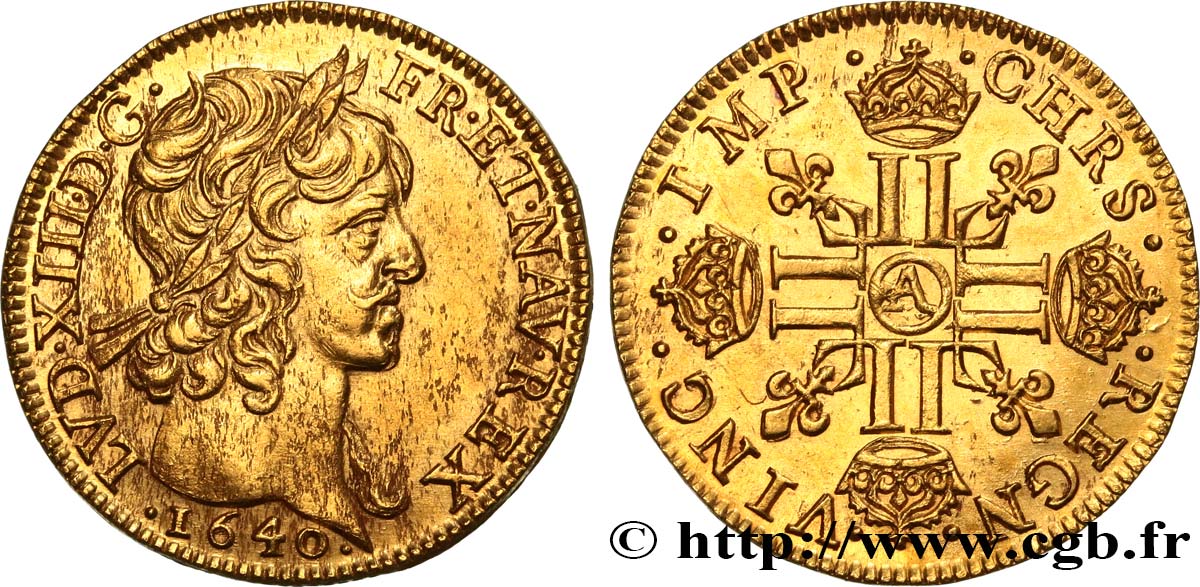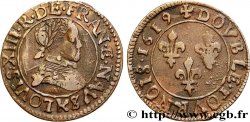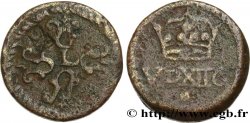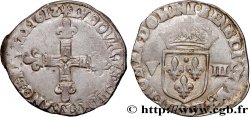Live auction - bry_510285 - LOUIS XIII Louis d'or aux huit L (effigie de Jean Warin) 1640 Paris, Monnaie du Louvre
You must signin and be an approved bidder to bid, LOGIN TO BID. Accounts are subject to approval and the approval process takes place within 48 hours. Do not wait until the day a sale closes to register. Clicking on "BID" constitutes acceptance of the terms of use of cgb.fr private live auctions.
Bids must be placed in whole Euro amounts only. The sale will start closing at the time stated on the item description; any bids received at the site after the closing time will not be executed. Transmission times may vary and bids could be rejected if you wait until the last second. For further information check the Live auction FAQ
All winning bids are subject to a 18% buyer’s fee.
All winning bids are subject to a 18% buyer’s fee.
| Estimate : | 4 000 € |
| Price : | no bid |
| Maximum bid : | no bid |
| End of the sale : | 04 December 2018 15:45:39 |
Type : Louis d'or aux huit L (effigie de Jean Warin)
Date: 1640
Mint name / Town : Paris, Monnaie du Louvre
Quantity minted : 563260
Metal : gold
Millesimal fineness : 917 ‰
Diameter : 24 mm
Orientation dies : 6 h.
Weight : 6,73 g.
Rarity : R1
Coments on the condition:
Ce louis d’or est frappé sur un flan large et légèrement irrégulier. Exemplaire présentant de hauts reliefs et dont la revers a conservé l’essentiel de son brillant de frappe. Le revers a été frappé avec un carré présentant une petite cassure au niveau de la lettre d’atelier A
Obverse
Obverse legend : LVD. XIII. D. G. - FR. ET. NAV. REX.
Obverse description : Tête laurée de Louis XIII à droite, mèche courte, sans baie dans la couronne ; au-dessous .1640..
Obverse translation : (Louis XIII, par la grâce de Dieu, roi de France).
Reverse
Reverse legend : .CHRS. - .REGN. - .VINC. - .IMP..
Reverse description : Croix formée de quatre groupes de deux L adossées sous une couronne, cantonnés de quatre lis ; au centre dans un cercle, la lettre d'atelier.
Reverse translation : (Le Christ règne, vainc et commande).








 Report a mistake
Report a mistake Print the page
Print the page Share my selection
Share my selection Ask a question
Ask a question Consign / sell
Consign / sell
 Full data
Full data









